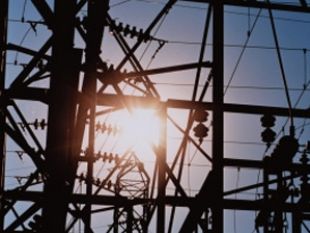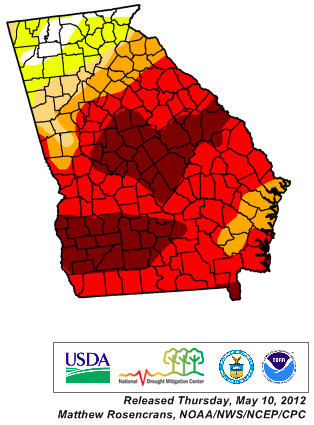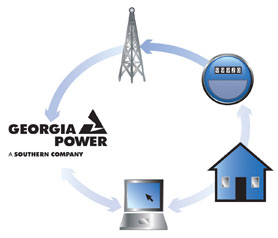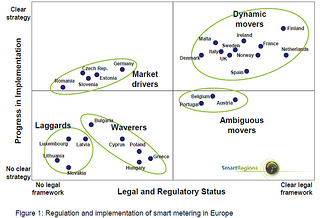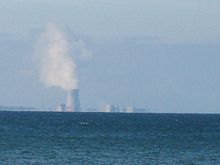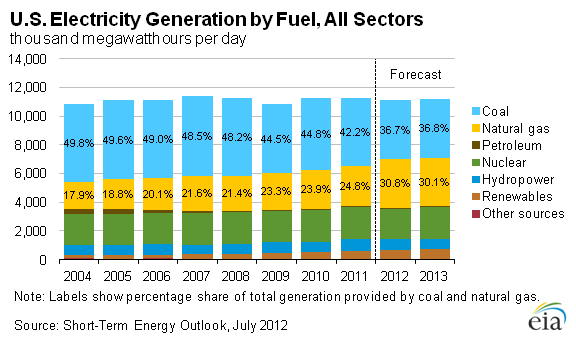Steve Hargreaves wrote for CNN Money 6 August 2012, Wind power hits 57% mark in Colorado
During the early morning hours of April 15, with a steady breeze blowing down Colorado's Front Range, the state's biggest utility set a U.S. record — nearly 57% of the electricity being generated was coming from wind power.
As dawn came and the 1.4 million customers in Xcel Energy's service district began turning on the lights, toasters and other appliances, the utility's coal and natural gas-fired power plants ramped up production and brought wind's contribution back closer to its 2012 average of 17%.
The article also included the usual power company quibble:
"A lot of utilities don't want to contract large amounts of wind because it's volatile," said Amy Grace, a wind analyst at Bloomberg New Energy Finance. "Anything over 25%, and utilities get nervous."
They neglected to mention that the traditional rigid grid connecting big baseload power plants failed for millions of Americans in June and failed for 600 million Indians in July. More renewable energy distributed through a smart grid would help prevent that.
In any case, 17% is a significant percentage to start with.
-jsq
